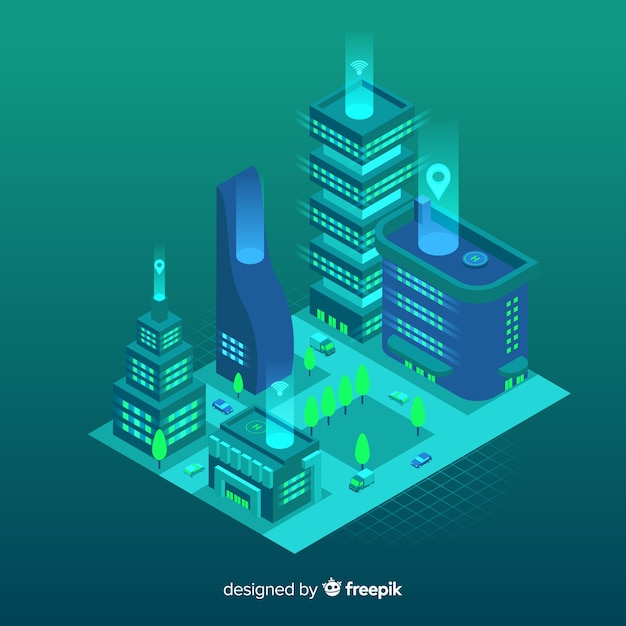Embracing the Path to the Smart City Future

Steve Rogerson on Jakarta’s Journey to Becoming a Smarter City
Anyone who has spent time in Jakarta is well aware of its significant infrastructure issues. Traffic is always congested, sidewalks have large holes, some areas lack street lighting, and public transport is unreliable and slow.
Despite these challenges, Jakarta is on a mission to become a smarter city. This initiative gained momentum when Joko Widodo, who used to be the governor of Jakarta, became the president of Indonesia. The country being chosen to host next year’s Asian Games also played a significant role. In 2015, Jakarta Smart City was established with about 80 employees, most of whom are experts and only six civil servants. The organization has grand plans for transforming the city.
“Our goal is to use ICT to monitor, analyze, and control various aspects of the city,” said Daniel Giovanni, Jakarta Smart City’s communications manager. “We are focusing on areas like environment, governance, living, economy, mobility, and people.”
The vision, he explained, is to foster a healthy environment and build an integrated transport system. “We aim for sustainable economic development and a high quality of life. We want a government that listens, a connected system, and active citizen participation,” he added.
This transformation has already begun. For instance, a survey in December 2016 revealed that illegal parking was the second most common complaint, right after illegal garbage disposal. The organization has taken steps to eliminate illegal parking and reduce traffic congestion by creating large car parks on the city’s outskirts. Plans are also in place to install parking meters on main streets and use the revenue to improve transportation.
Giovanni mentioned, “We are exploring the establishment of a park-and-ride system and looking for vacant land that can be converted into parking spaces.”
The city has also started upgrading its street lighting. In 2016, 90,000 streetlights were updated to LED, covering about two-thirds of the total, with the remaining lights set to be upgraded this year. These LEDs are 40 to 50 percent more energy-efficient and can be monitored from a central station. Other initiatives include tracking heavy equipment and garbage trucks, ambulance tracking, city surveillance with around 6,500 CCTVs installed by March this year, and air quality monitoring. Buildings are being targeted to reduce energy consumption by 30% by 2030, along with cutting CO2 emissions and water usage.
A major effort to tackle the traffic issue is encouraging more people to use public transport. By analyzing public transport ticketing data, Jakarta Smart City identified common travel patterns, which resulted in increasing fixed bus routes from 13 to about 80 routes.
“These new routes are based on how people use tickets. We found routes where people had to switch buses multiple times and turned them into single routes. This has led to an increase in public transport usage,” Giovanni said.
It’s still too early to see the full impact on traffic flow because the city has been heavily investing in infrastructure, leading to lane and road closures. The benefits will be more visible once these projects are complete.
This ongoing investment includes more underpasses and overpasses to reduce intersections between roads and between roads and railways. There’s now one bus-only route, although Giovanni doubts there will be more. The organization is also looking at improving the first and last kilometer of journeys with minivans that can navigate residential areas to bring people to the nearest bus stop. The cost of using this service would be included in a season ticket.
Another ambitious project, driven by the upcoming Asian Games, is the construction of a light rail transit (LRT) system, expected to open next year ahead of the games. Simultaneously, a mass rapid transport (MRT) network is also in development.